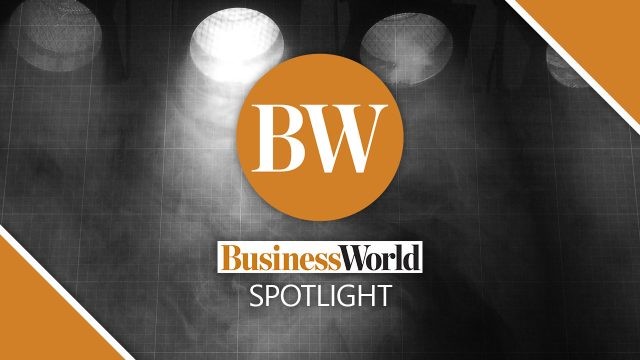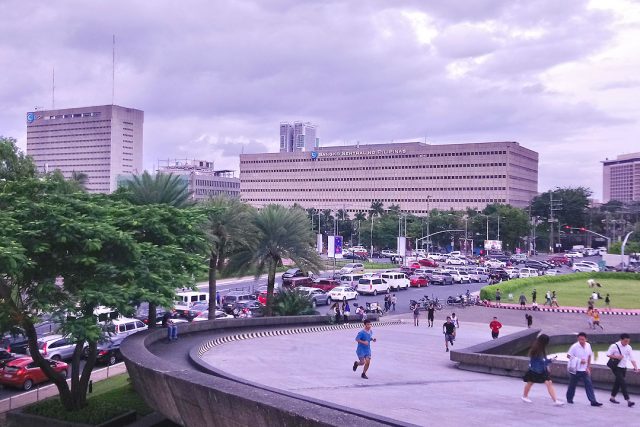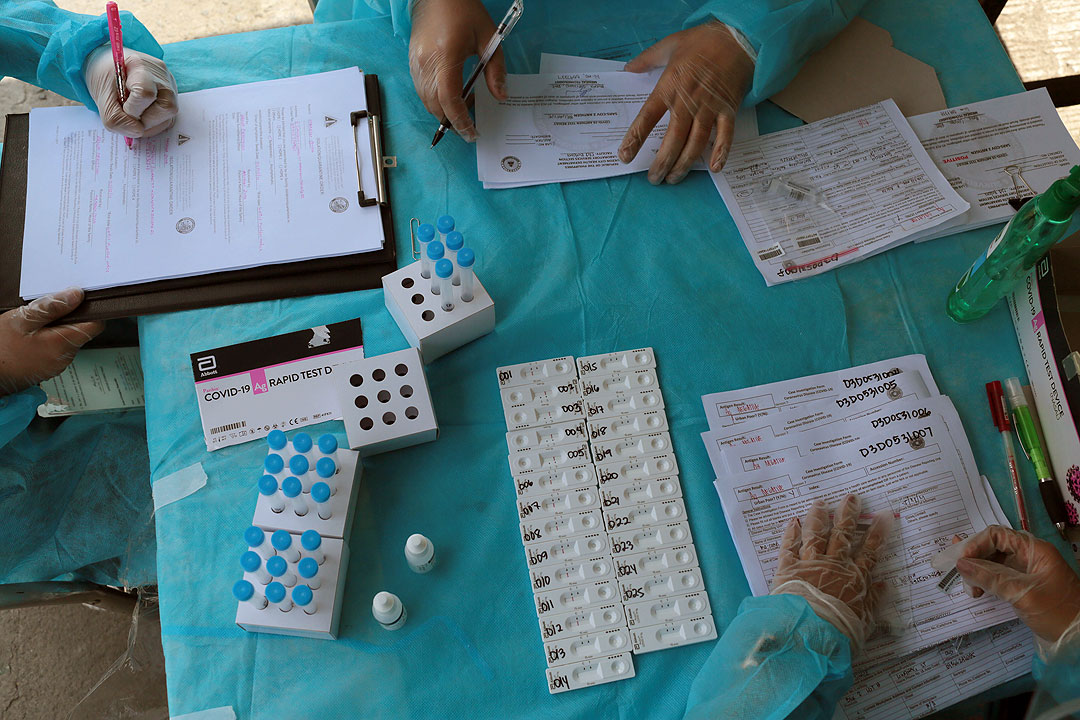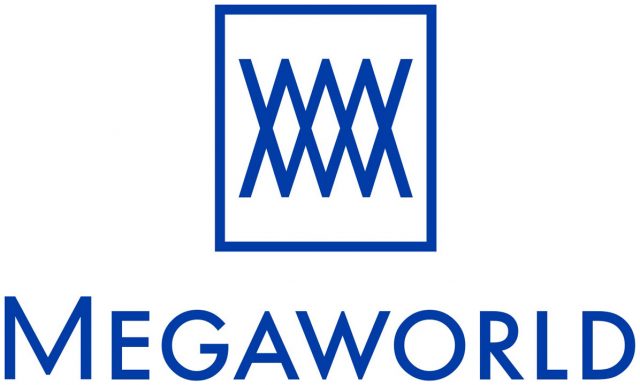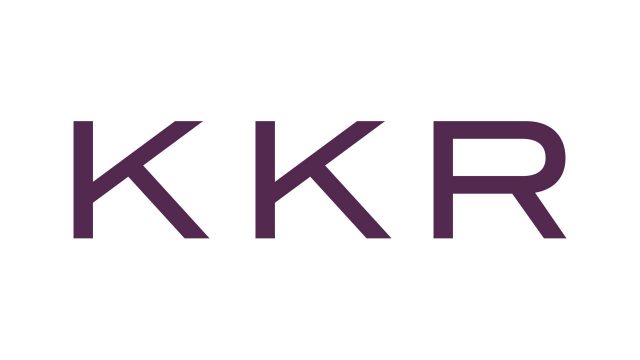By Chelsey Keith P. Ignacio, Special Features Writer
E-commerce prospers at the height of lockdowns across the country, especially in Metro Manila. Such migration of merchants to online platforms are expected to continue transforming the future of the retail market.
Last September 29, a BusinessWorld Insights session on “The future of retail & logistics after e-commerce boom” went through the changes in the sales and delivery of products via digital channels, as well as the advantage of e-commerce to Philippine businesses and economy.
The lockdown, as mentioned, moved several retailers to the online space. At the same time, it has forced them to close their physical shops. According to Joey Roi Bondoc, an associate director at Colliers Philippines, this rise in vacancy across Metro Manila has reached 14% as of the third quarter of 2021.
But even with this decline of the physical presence of retail establishments, Mr. Bondoc believed that brick-and-mortar stores would not disappear. Rather, he presumed a balance between the physical and digital stores.
“Beyond COVID-19 pandemic, Filipinos are expected to be on a revenge shopping and dining. So, we do not see physical stores being phased out. But we see stronger coordination between these brick-and-mortar shops and their e-commerce sites,” he said.
But until the lockdown eases and the achievement of herd immunity, customers would greatly depend more on delivery platforms of retailers and mall operators to purchase goods.
Demand for fast deliveries
Right now, Mr. Bondoc observed, a trend in this service is to deliver within the same day or the following day. To commit to this demand, retailers and developers started looking into having warehouses.
“The problem initially for a lot of retailers is how [to] reach a last-mile delivery point, [such as] delivery to fringe locations and areas far from the central business hubs. So, they explored the viability of having micro-warehouses within Metro Manila,” he shared.
“We now have a lot of developers that are already exploring the feasibility of converting these vacant mall spaces into micro-warehouses to enable retailers to achieve their commitment of delivering within 24 hours.”
Such a delivery trend also boosted the demand for warehouses near Metro Manila, in suburban areas, industrial locations, Southern Luzon, and Central Luzon. In fact, Mr. Bondoc also shared that they received many queries from companies that plan to occupy or lease warehouses in the northern Metro Manila area, which covers Caloocan, Malabon, Navotas, and Valenzuela. Outside these cities, there are also demands for lease facilities in Bulacan and Pampanga.
He mentioned that many developers are modernizing their warehouses as well, which is an “interesting” trend they see in the property space.
Such commitment to 24-hour delivery service, for Mr. Bondoc, will likely be part of the newer and better normal past 2021 and the COVID-19 pandemic.
“It is probably difficult to imagine returning to pre-pandemic retail preferences or trends. We will [likely] see newer and better trends reshaping the Philippine retail market,” he said.
“Overall, what we see in the retail landscape is this continued support of the online and e-commerce presence to the brick-and-mortar shops that we have in malls across the country.”
Advantage for businesses, economy
Dennis Velasco, chief executive officer of Prosperna, explained the power of e-commerce while encouraging the adoption of such technology for a successful business and economy in the future.
“Technologies like e-commerce and logistics help customers and companies increase their communications, make business easier for them, and enable access to new markets, products, and services,” Mr. Velasco said. “So, I believe what we are going through today [will] change the face of Philippine economy and society forever.”
An advantage that businesses can harness from technologies is having data. With the right information, according to Mr. Velasco, merchants can enhance their e-commerce platforms through the personalization of experience and provide suggestions.
“[This] is more efficient, scalable, and helping promote a more successful business, which leads to a more successful economy here in the Philippines,” he said.
He also considered that combining e-commerce platform software with the improvements made by logistics companies on their back-end operations can create more options for the consumer.
Along with this undertaking, data security is extremely crucial to have. “[It] should be given,” he said. “What we want to do is give consumers and merchants control of their data. They want to know and be in control of when, what, and why they share.”
Another advantage of e-commerce, for Mr. Velasco, is its ability to make convenience easier for the business and consumers to work together, especially as more of them deemed convenience as the most important thing today.
“Marketing studies show that consumers will back out and not complete a transaction if, for some reason, they feel that the experience does not create convenience. So, if merchants do not have the ability or the technology to display their inventory in real-time, they will lose out in transactions and prevent them from succeeding,” he said.
Thus, Mr. Velasco advised, e-commerce is a great way to take businesses — especially those running in the long term — to the next level.
“We can all win by adapting and embracing technology,” he said. “And if Philippine companies and MSMEs can gain that courage and find the right friend in the e-commerce and the logistics business, this can be an amazing time in the next 10 years for our economy, where we [can] create more next-generation business leaders and success stories than ever before.”
This session of #BUSINESSWORLDINSIGHTS is presented by Globe.

